Full text
PDF


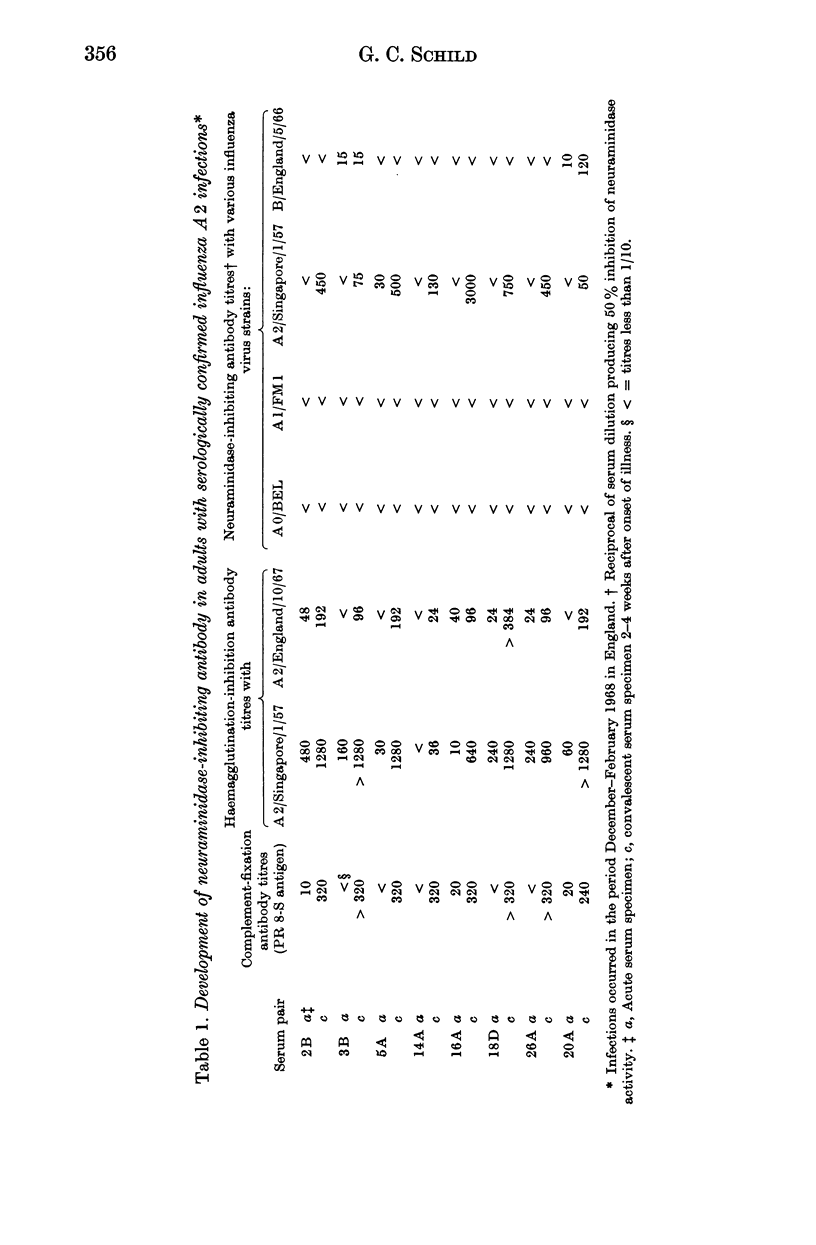
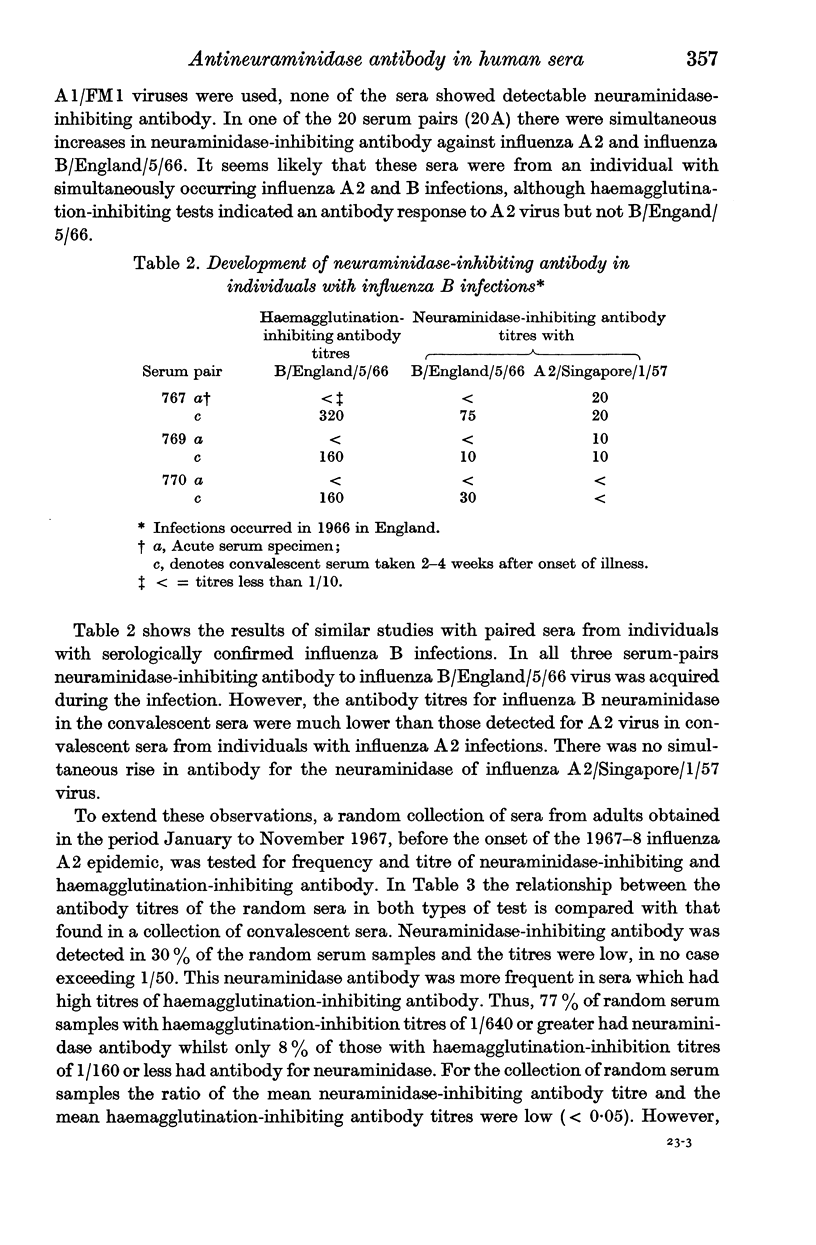
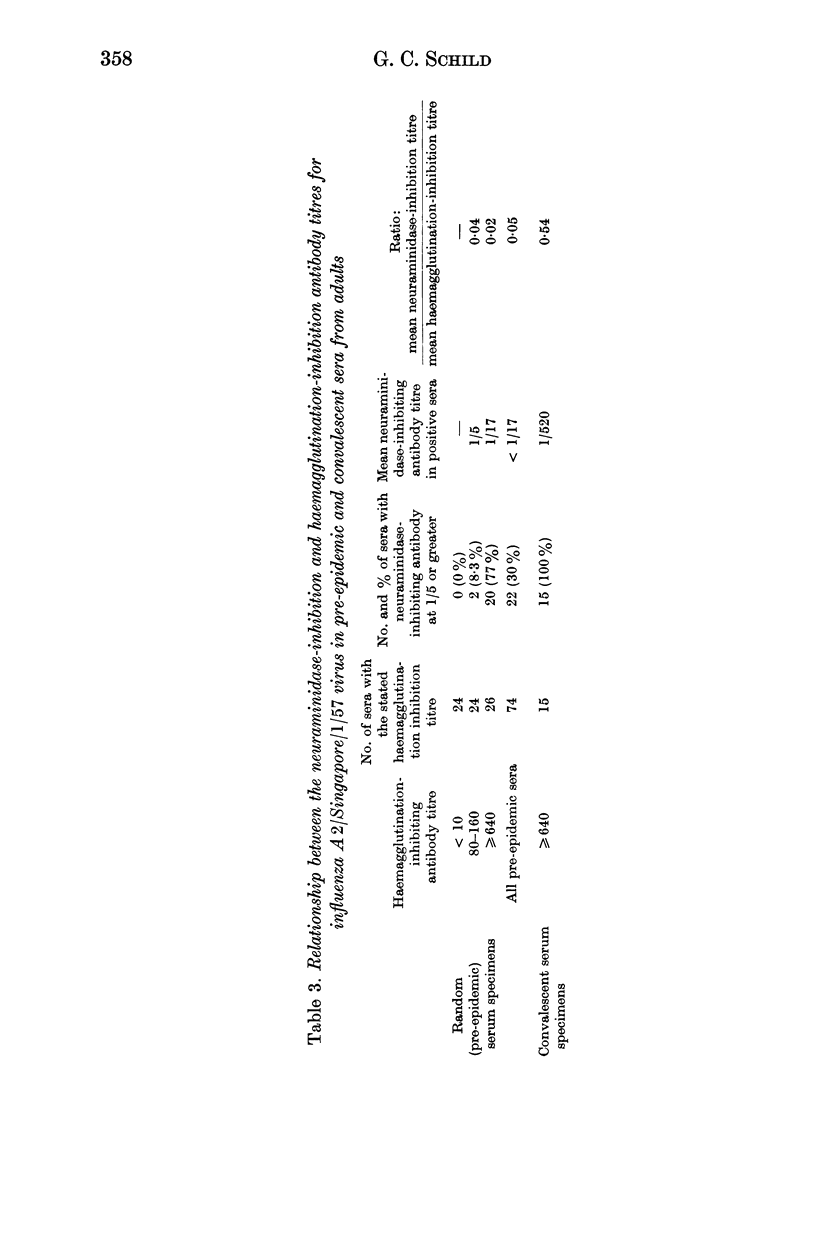
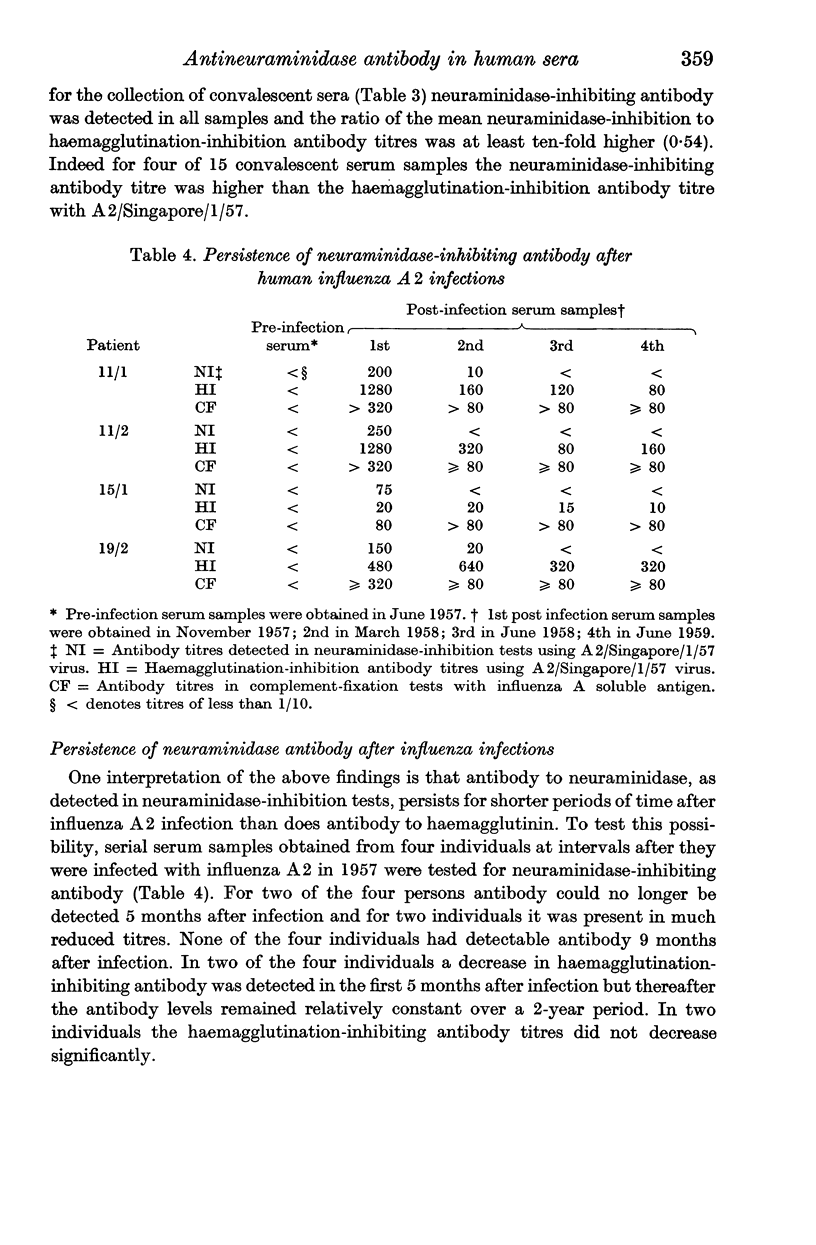
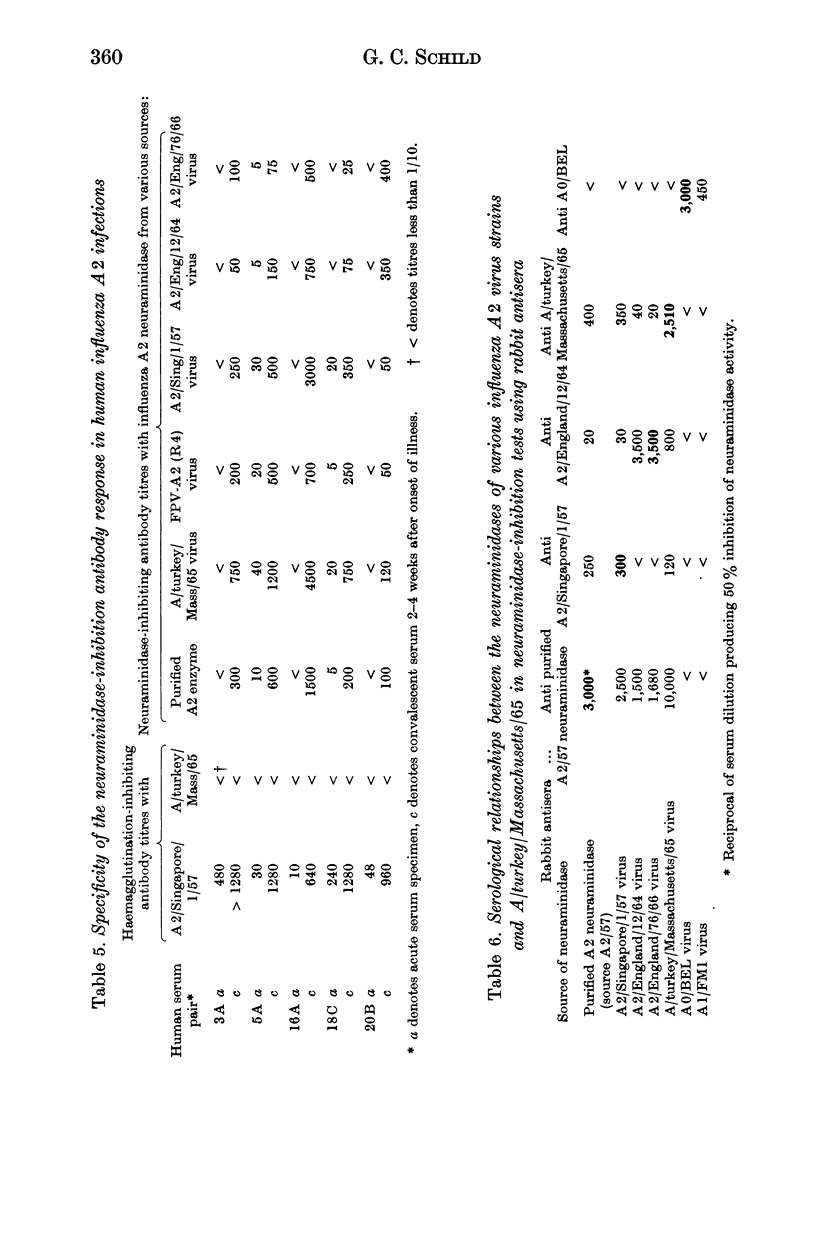
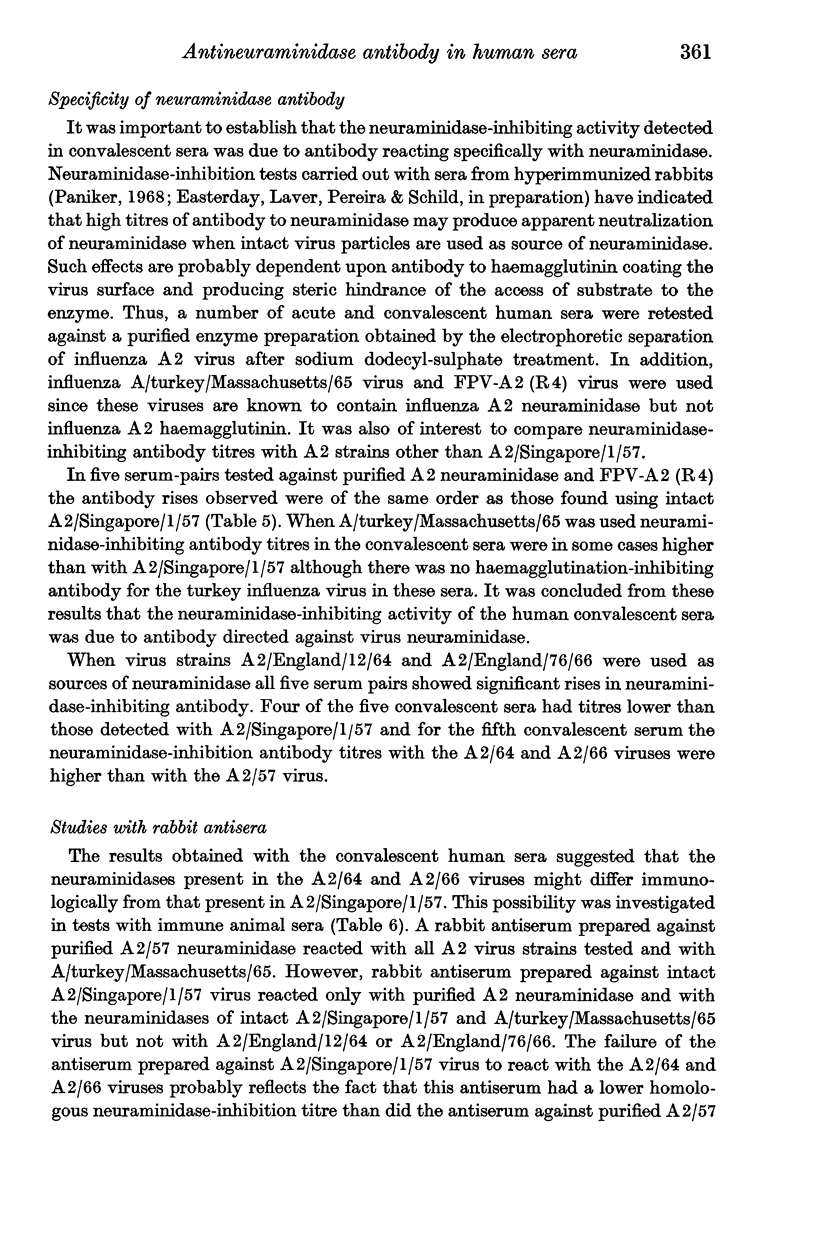

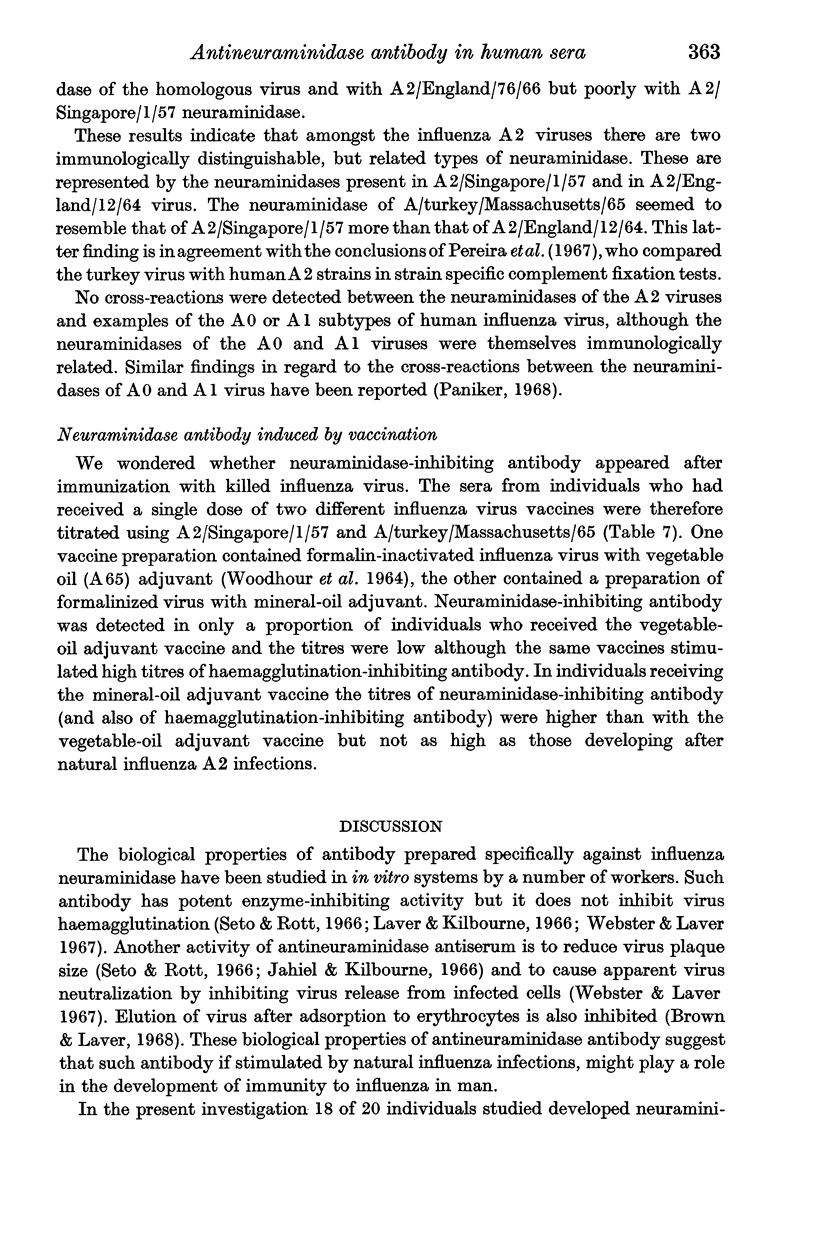
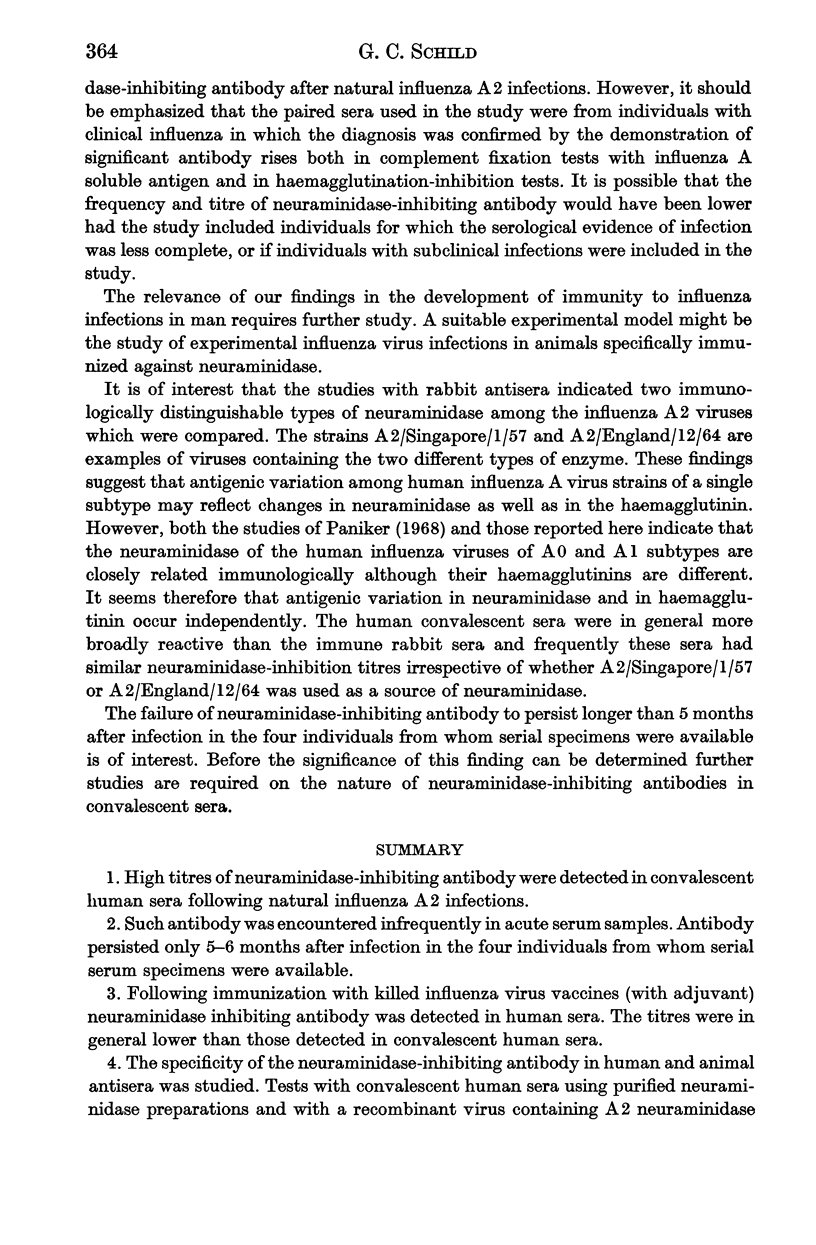
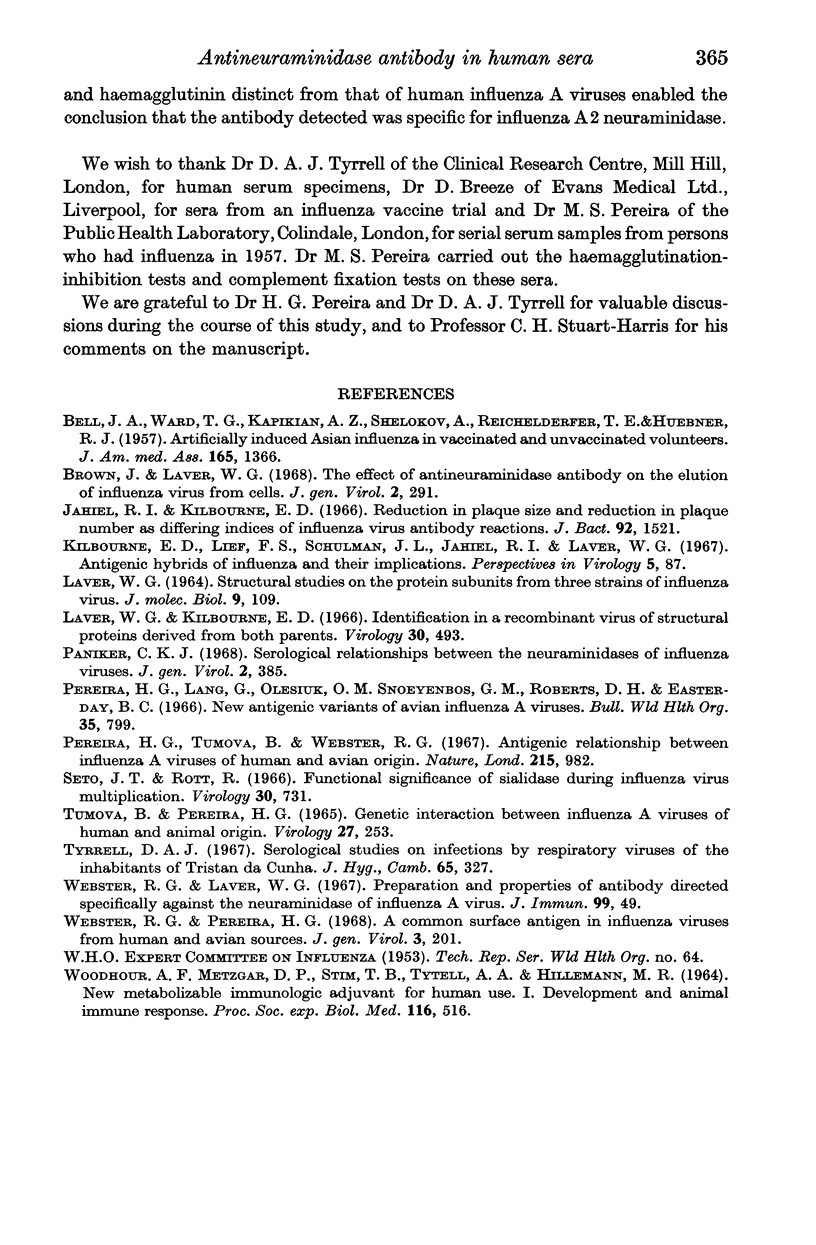
Selected References
These references are in PubMed. This may not be the complete list of references from this article.
- BELL J. A., WARD T. G., KAPIKIAN A. Z., SHELOKOV A., REICHELDERFER T. E., HUEBNER R. J. Artificially induced Asian influenza in vaccinated and unvaccinated volunteers. J Am Med Assoc. 1957 Nov 16;165(11):1366–1373. doi: 10.1001/jama.1957.02980290006002. [DOI] [PubMed] [Google Scholar]
- Brown J., Laver W. G. The effect of antineuraminidase antibody on the elution of influenza virus from cells. J Gen Virol. 1968 Mar;2(2):291–295. doi: 10.1099/0022-1317-2-2-291. [DOI] [PubMed] [Google Scholar]
- Jahiel R. I., Kilbourne E. D. Reduction in plaque size and reduction in plaque number as differing indices of influenza virus-antibody reactions. J Bacteriol. 1966 Nov;92(5):1521–1534. doi: 10.1128/jb.92.5.1521-1534.1966. [DOI] [PMC free article] [PubMed] [Google Scholar]
- LAVER W. G. STRUCTURAL STUDIES ON THE PROTEIN SUBUNITS FROM THREE STRAINS OF INFLUENZA VIRUS. J Mol Biol. 1964 Jul;9:109–124. doi: 10.1016/s0022-2836(64)80094-2. [DOI] [PubMed] [Google Scholar]
- Laver W. G., Kilbourne E. D. Identification in a recombinant influenza virus of structural proteins derived from both parents. Virology. 1966 Nov;30(3):493–501. doi: 10.1016/0042-6822(66)90125-5. [DOI] [PubMed] [Google Scholar]
- Paniker C. K. Serological relationships between the neuraminidases in influenza viruses. J Gen Virol. 1968 May;2(3):385–394. doi: 10.1099/0022-1317-2-3-385. [DOI] [PubMed] [Google Scholar]
- Pereira H. G., Tumova B., Webster R. G. Antigenic relationship between influenza A viruses of human and avian origins. Nature. 1967 Aug 26;215(5104):982–983. doi: 10.1038/215982a0. [DOI] [PubMed] [Google Scholar]
- Seto J. T., Rott R. Functional significance of sialidose during influenza virus multiplication. Virology. 1966 Dec;30(4):731–737. doi: 10.1016/0042-6822(66)90178-4. [DOI] [PubMed] [Google Scholar]
- Tumova B., Pereira H. G. Genetic interaction between influenza A viruses of human and animal origin. Virology. 1965 Nov;27(3):253–261. doi: 10.1016/0042-6822(65)90104-2. [DOI] [PubMed] [Google Scholar]
- Tyrrell D. A., Peto M., King N. Serological studies on infections by respiratory viruses of the inhabitants of Tristan da Cunha. J Hyg (Lond) 1967 Sep;65(3):327–341. doi: 10.1017/s002217240004585x. [DOI] [PMC free article] [PubMed] [Google Scholar]
- WOODHOUR A. F., METZGAR D. P., STIM T. B., TYTELL A. A., HILLEMAN M. R. NEW METABOLIZABLE IMMUNOLOGIC ADJUVANT FOR HUMAN USE. I. DEVELOPMENT AND ANIMAL IMMUNE RESPONSE. Proc Soc Exp Biol Med. 1964 Jun;116:516–523. doi: 10.3181/00379727-116-29295. [DOI] [PubMed] [Google Scholar]
- Webster R. G., Laver W. G. Preparation and properties of antibody directed specifically against the neuraminidase of influenza virus. J Immunol. 1967 Jul;99(1):49–55. [PubMed] [Google Scholar]
- Webster R. G., Pereira H. G. A common surface antigen in influenza viruses from human and avian sources. J Gen Virol. 1968 Sep;3(2):201–208. doi: 10.1099/0022-1317-3-2-201. [DOI] [PubMed] [Google Scholar]


